Table of Contents
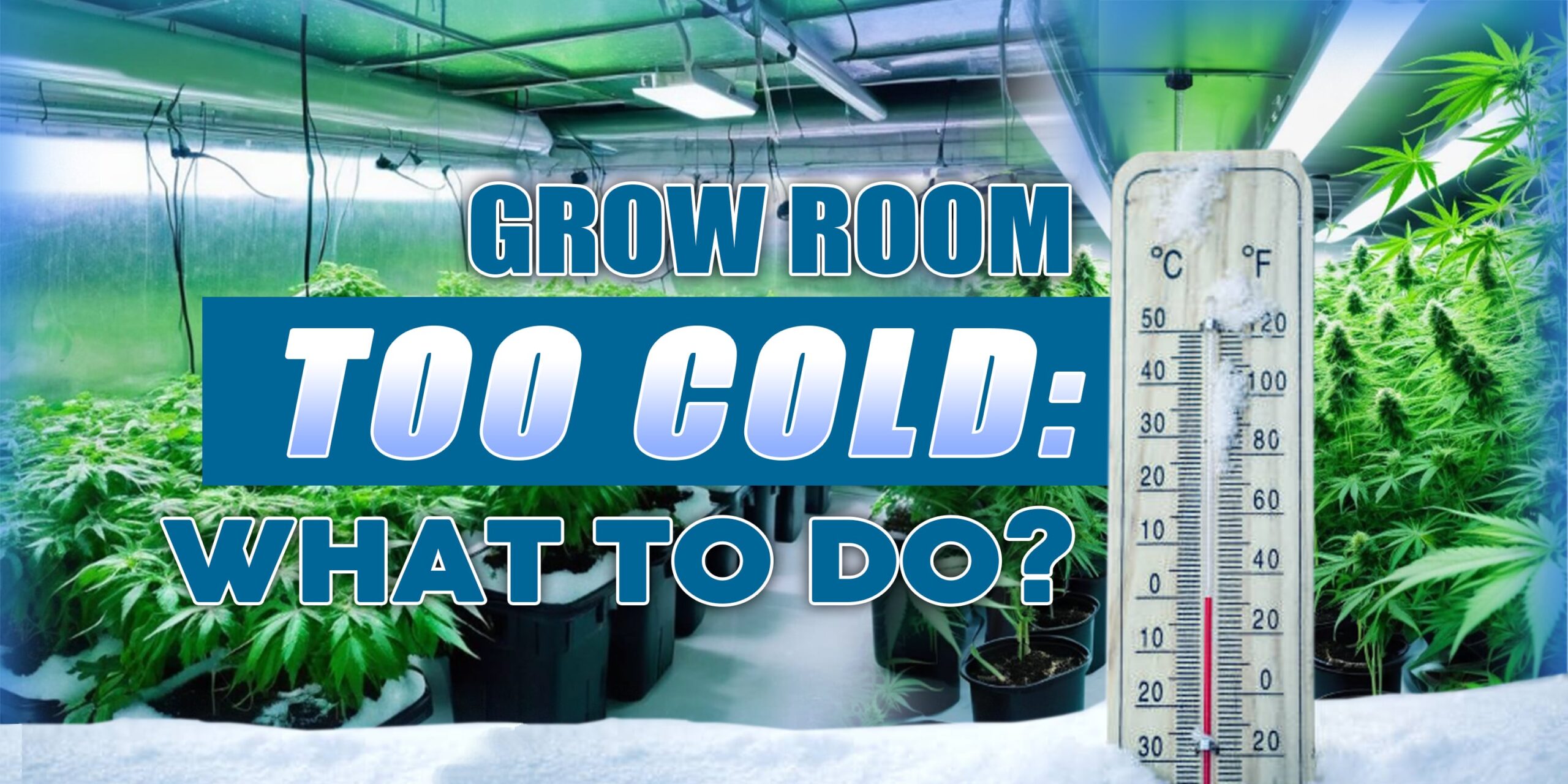
Table of Contents
Indoor gardeners often overlook the significance of proper ventilation in maintaining stable grow tent temperatures. Ventilating your grow tent from a lung room, such as a crawlspace, attic, or another interior space, provides a consistent source of air that is typically warmer than outdoor air during colder seasons. By drawing air from a lung room, growers can moderate the temperature inside the tent, creating a more favorable environment for plant growth. Additionally, utilizing a duct system to facilitate airflow can further optimize temperature control, allowing growers to adjust the intake of warmer air as needed to counteract cold spells.
Achieving the right balance of airflow within the grow tent is essential for temperature regulation. Intake and exhaust fans play a critical role in circulating air and maintaining optimal conditions for plant growth. However, excessive airflow can lead to temperature fluctuations, particularly during colder periods. By dimming intake and exhaust fans with a fan speed controller, growers can fine-tune airflow to achieve the desired temperature range without compromising air exchange. It’s important to note that while thermostat control may seem like a convenient solution, it can inadvertently disrupt airflow patterns and hinder CO2 and humidity levels. Therefore, manual adjustment using a fan speed controller offers greater flexibility in temperature management, ensuring consistent conditions for plant health and vitality.
High-intensity discharge (HID) lights are a popular choice among indoor growers due to their efficiency and effectiveness in promoting plant growth. However, these lights can also contribute to heat buildup within the grow tent, especially when used in conjunction with air-cooling systems. De-glassing the hoods of HID lights is a simple yet effective strategy for dissipating excess heat and optimizing light distribution. By removing the glass coverings, growers allow for better heat dissipation, reducing the risk of overheating and creating a more uniform light spread. Additionally, de-glassing can increase the available light intensity by 10-15%, providing plants with the necessary energy for robust growth and development.
Maintaining uniform airflow within the grow tent is crucial for preventing temperature differentials that can stress or damage plants. One effective method for achieving this is by creating an air diffuser to distribute incoming air more evenly. A DIY air diffuser can be easily constructed using flexible ducting, which is readily available at hardware stores. By running a length of ducting around the perimeter of the grow tent and cutting small slits at regular intervals, growers can ensure that air is dispersed evenly throughout the space, minimizing the risk of temperature shocks to plants near the intake vent. This simple yet practical solution promotes consistent growth conditions, allowing plants to thrive in an optimal environment.
While conventional wisdom may suggest using space heaters to combat cold temperatures in the grow tent, this approach can be both inefficient and potentially hazardous. Instead, growers can leverage the power of additional lighting to not only provide supplemental light but also generate heat. High-intensity discharge (HID) or T5 fixtures are ideal for this purpose, as they emit both light and heat, effectively raising the temperature within the grow tent. By strategically placing additional light fixtures, growers can create a balanced lighting environment that promotes healthy plant growth while mitigating the effects of cold temperatures. This dual-purpose solution not only optimizes grow tent conditions but also reduces energy consumption and minimizes safety risks associated with space heaters.
In conclusion, proactive temperature management is essential for maximizing indoor gardening success. By implementing the strategies outlined above, growers can effectively regulate grow tent temperatures, creating an optimal environment for robust plant growth and development. From ventilation to lighting optimization, each technique plays a crucial role in maintaining stable conditions within the grow tent, ensuring that plants thrive regardless of external temperature fluctuations. By prioritizing temperature control and adopting innovative solutions, indoor gardeners can achieve superior results and cultivate healthy, vibrant plants year-round.
Q: Can I use a regular household fan to regulate the temperature in my grow tent?
A: While a household fan can help with air circulation, it may not effectively regulate temperature. It’s best to use fans specifically designed for grow tents, as they are equipped to handle the unique environment and airflow requirements.
Q: Will adding more plants to my grow tent help raise the temperature?
A: Adding more plants may slightly increase the temperature due to their collective respiration, but it’s not a reliable method for significant temperature control. It’s better to focus on implementing targeted temperature management strategies like ventilation and lighting adjustments.
Q: Can I use a portable heater to warm up my grow tent during cold weather?
A: Portable heaters can be risky in a grow tent due to safety concerns such as fire hazards and uneven heat distribution. It’s recommended to avoid using space heaters and instead opt for lighting fixtures that emit both light and heat or other temperature control methods outlined in the article.
Q: How often should I adjust the fan speed in my grow tent?
A: The frequency of fan speed adjustments depends on factors like ambient temperature, humidity levels, and plant growth stage. Monitor the temperature regularly and adjust the fan speed as needed to maintain optimal conditions for plant growth.
Q: Is it necessary to use a thermostat to control the temperature in my grow tent?
A: While thermostats can automate temperature control, they may not always provide the most effective solution, especially in grow tent environments where maintaining optimal CO2 and humidity levels is crucial. Manual adjustment using a fan speed controller offers greater flexibility and control over airflow and temperature regulation.
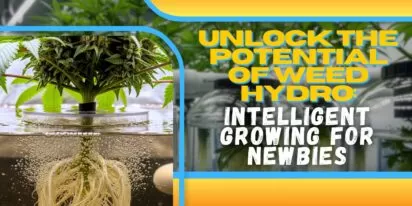
Curious about growing weed in a healthy, effective way? Welcome to the realm of weed hydro! This method uses water instead of soil, delivering n

Peyote Zkittlez is a unique cannabis strain that has quickly gained dedicated followers among enthusiasts and patients alike. Its parentage—Zk
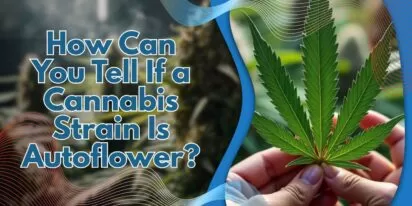
As growers, we want strains that work well, are strong, and are of good quality. Autoflowering cannabis strains are a big step forward for both
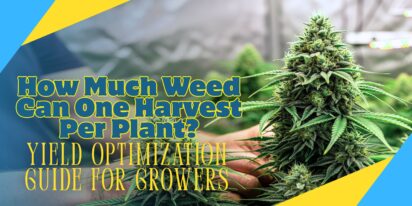
Pot growers always ask the same basic question: How much weed does a weed plant produce? The answer is complex and depends on a multitude of var

Ever had the room spin after a few hits? You're not alone. Figuring out how to prevent getting dizzy high can make your cannabis experience a wh
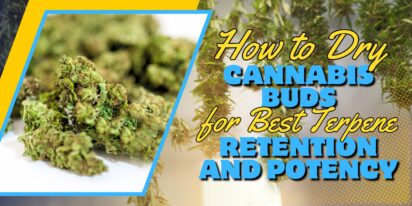
Drying cannabis properly is a critical process in preserving the plant's full aroma and flavor and its psychoactive abilities. Tampering with th

Ever caught yourself a bit too high and all of a sudden in need of being normal? Whether you're heading out for munchies or bumping into someone

Looking for sage advice on how not to get pinched with weed without batting an eye? Attempting to protect your stash from gossipy roommates, sno
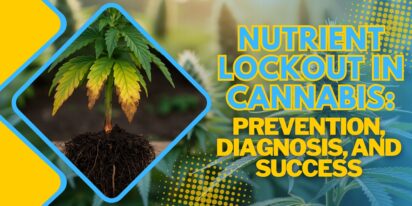
Nutrient lockout, also known as nutrient binding or chemical antagonism, is a significant issue in cannabis cultivation that negatively impacts
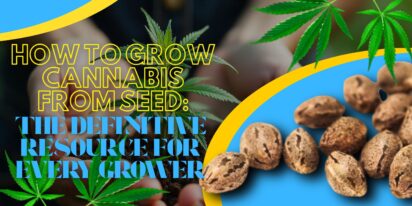
Germination is the most critical initial stage in growing healthy, high-quality cannabis plants. During germination, the dormant seed becomes a
Are You 18 Or Over?
By selecting “Continue”, you confirm that you are at least 18 years of age and legally permitted to access cannabis related content in your region.
By using Rocketseeds.com, you agree to our legal disclaimer.
Excellent blog here Also your website loads up very fast What web host are you using Can I get your affiliate link to your host I wish my web site loaded up as quickly as yours lol
Your writing is not only informative but also incredibly inspiring. You have a knack for sparking curiosity and encouraging critical thinking. Thank you for being such a positive influence!
Simply wish to say your article is as amazing The clearness in your post is just nice and i could assume youre an expert on this subject Well with your permission let me to grab your feed to keep updated with forthcoming post Thanks a million and please carry on the gratifying work
Somebody essentially lend a hand to make significantly articles Id state That is the very first time I frequented your website page and up to now I surprised with the research you made to make this actual submit amazing Wonderful task
Your blog is a beacon of light in the often murky waters of online content. Your thoughtful analysis and insightful commentary never fail to leave a lasting impression. Keep up the amazing work!
Thank you for the auspicious writeup It in fact was a amusement account it Look advanced to more added agreeable from you By the way how could we communicate
Your blog is a constant source of inspiration for me. Your passion for your subject matter shines through in every post, and it’s clear that you genuinely care about making a positive impact on your readers.
Your blog is a constant source of inspiration for me. Your passion for your subject matter is palpable, and it’s clear that you pour your heart and soul into every post. Keep up the incredible work!
Your articles never fail to captivate me. Each one is a testament to your expertise and dedication to your craft. Thank you for sharing your wisdom with the world.
Your blog is a testament to your dedication to your craft. Your commitment to excellence is evident in every aspect of your writing. Thank you for being such a positive influence in the online community.
Your writing has a way of resonating with me on a deep level. I appreciate the honesty and authenticity you bring to every post. Thank you for sharing your journey with us.
Your blog is a true gem in the world of online content. I’m continually impressed by the depth of your research and the clarity of your writing. Thank you for sharing your wisdom with us.
Hi i think that i saw you visited my web site thus i came to Return the favore Im attempting to find things to enhance my siteI suppose its ok to use a few of your ideas
Somebody essentially help to make significantly articles Id state This is the first time I frequented your web page and up to now I surprised with the research you made to make this actual post incredible Fantastic job
Usually I do not read article on blogs however I would like to say that this writeup very compelled me to take a look at and do so Your writing taste has been amazed me Thanks quite nice post
Your blog has quickly become one of my favorites. Your writing is both insightful and thought-provoking, and I always come away from your posts feeling inspired. Keep up the phenomenal work!
Every time I visit your website, I’m greeted with thought-provoking content and impeccable writing. You truly have a gift for articulating complex ideas in a clear and engaging manner.
Hey there You have done a fantastic job I will certainly digg it and personally recommend to my friends Im confident theyll be benefited from this site
I have read some excellent stuff here Definitely value bookmarking for revisiting I wonder how much effort you put to make the sort of excellent informative website
Nice blog here Also your site loads up very fast What host are you using Can I get your affiliate link to your host I wish my site loaded up as quickly as yours lol
What i do not understood is in truth how you are not actually a lot more smartlyliked than you may be now You are very intelligent You realize therefore significantly in the case of this topic produced me individually imagine it from numerous numerous angles Its like men and women dont seem to be fascinated until it is one thing to do with Woman gaga Your own stuffs nice All the time care for it up
Your blog is a beacon of light in the often murky waters of online content. Your thoughtful analysis and insightful commentary never fail to leave a lasting impression. Keep up the amazing work!
Your blog is a breath of fresh air in the often stagnant world of online content. Your thoughtful analysis and insightful commentary never fail to leave a lasting impression. Thank you for sharing your wisdom with us.
Your blog is a beacon of light in the often murky waters of online content. Your thoughtful analysis and insightful commentary never fail to leave a lasting impression. Keep up the amazing work!
Usually I do not read article on blogs however I would like to say that this writeup very compelled me to take a look at and do it Your writing style has been amazed me Thank you very nice article
Your writing has a way of resonating with me on a deep level. I appreciate the honesty and authenticity you bring to every post. Thank you for sharing your journey with us.
This hydroponics guide is quite the buzz, seriously! Who knew growing weed without dirt could be so complicated yet potentially rewarding? The breakdown of systems like DWC and NFT is helpful, though I suspect my cat might confuse the air pump for a toy. The idea of cleaner buds is tempting, especially since explaining hydro weed to my non-growing friends might get messy. And the bit about potential dizziness from hydro weed? Perfect, now I have an excuse for why I always stumble a bit after a grow session. Still, the promise of faster grows and higher yields is hard to ignore, even if it means more trips to the pH meter than to the coffee shop. Overall, a cultivating read for the curious grower!